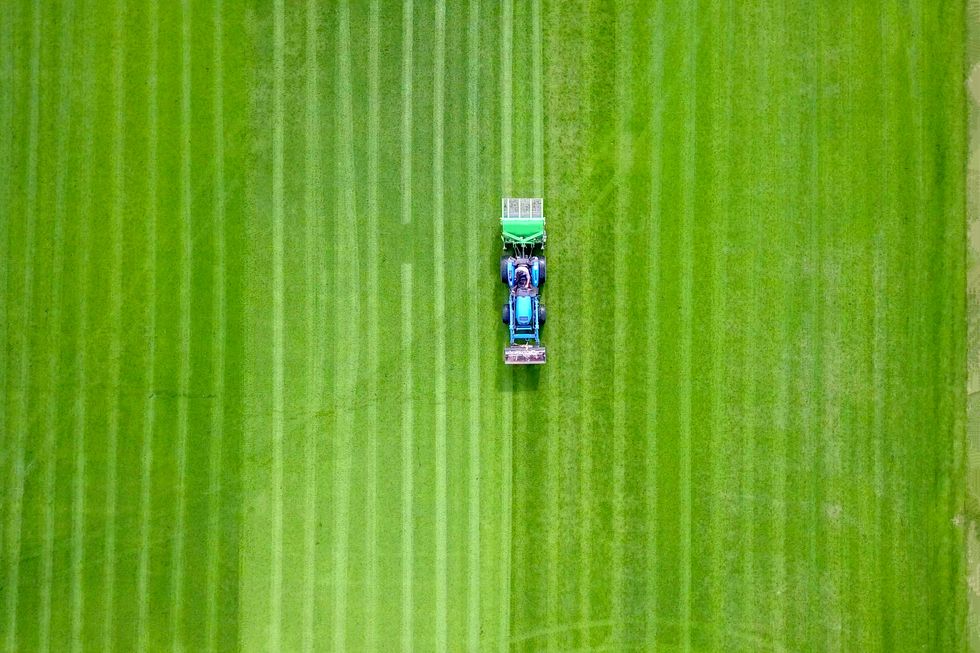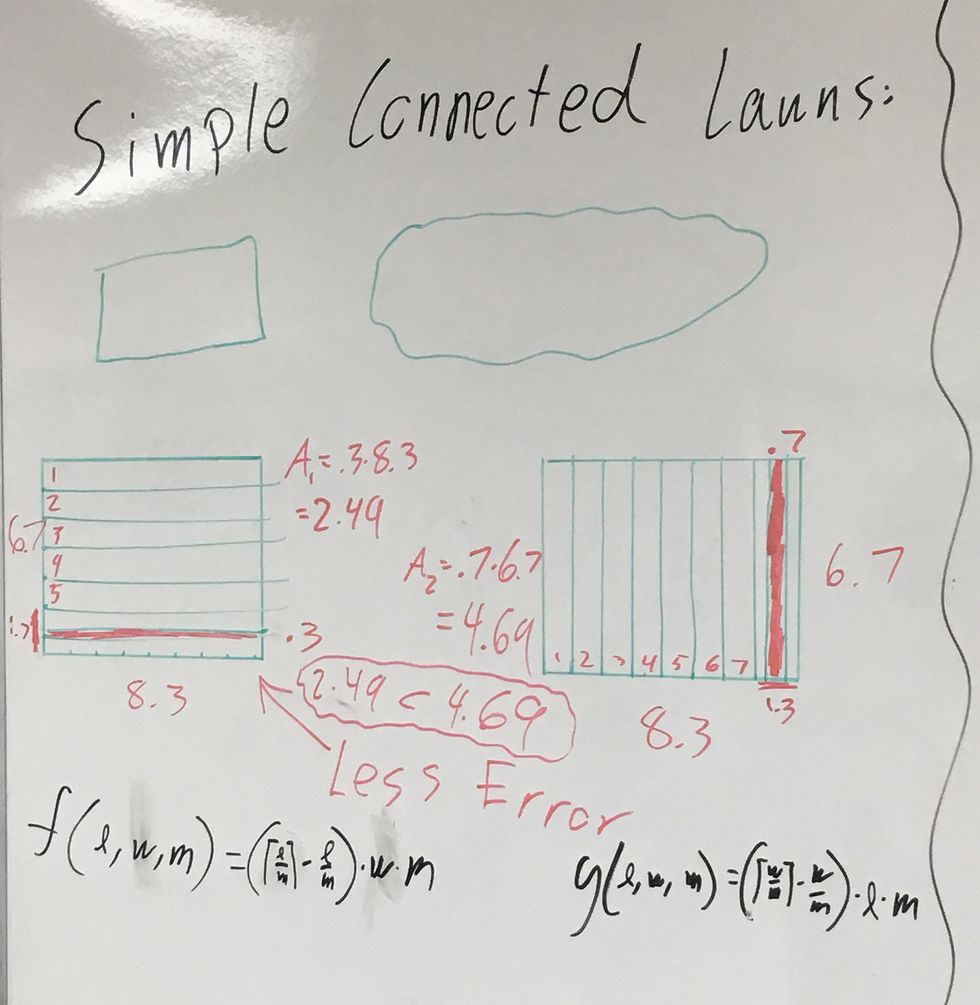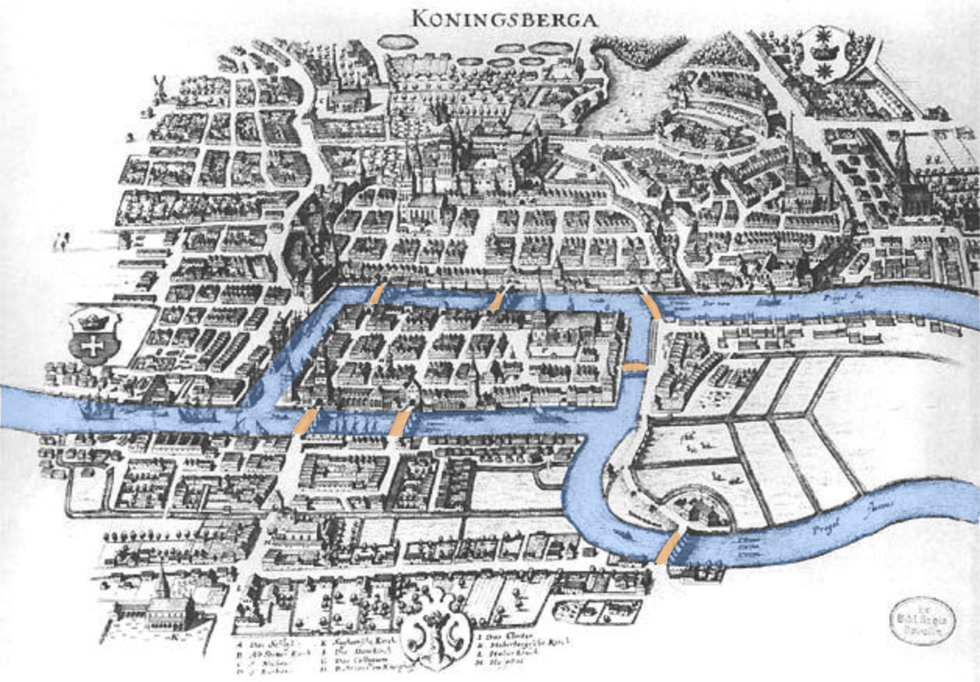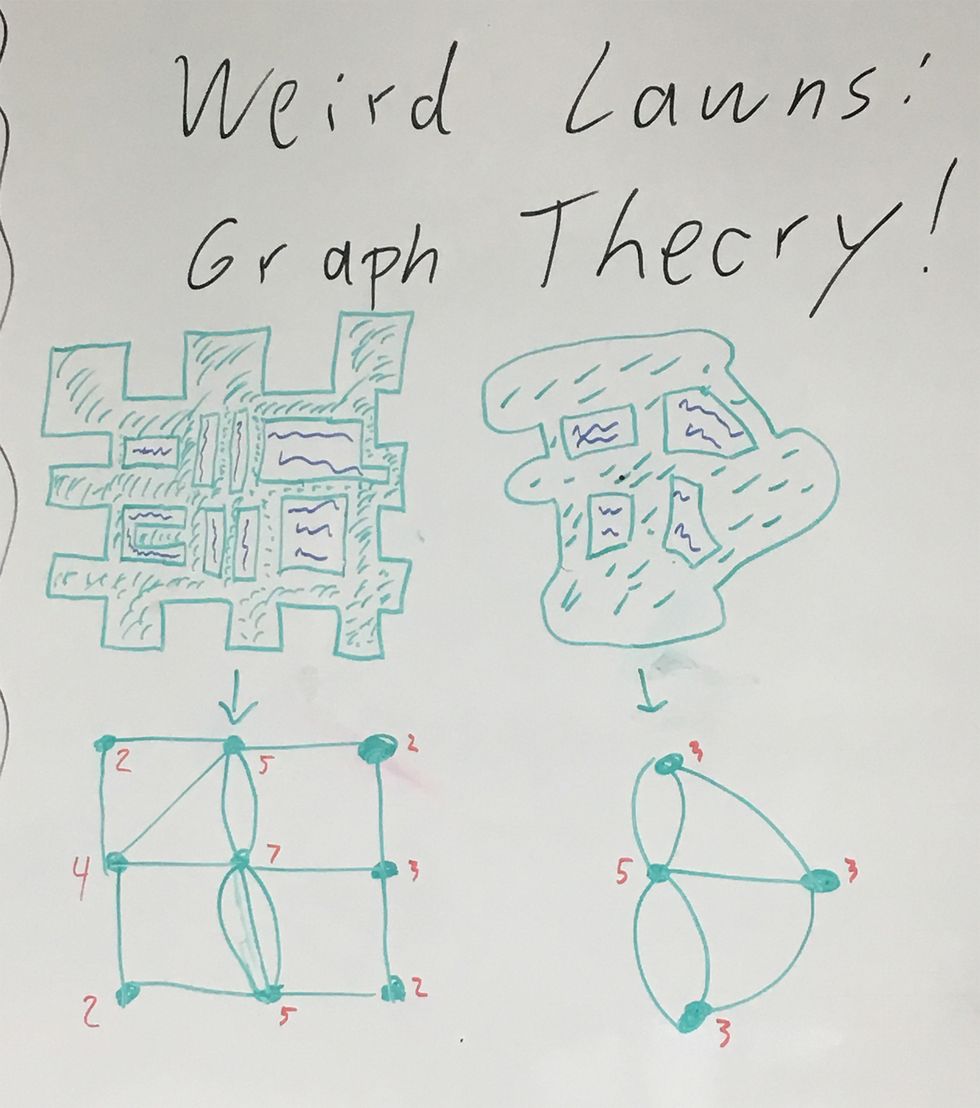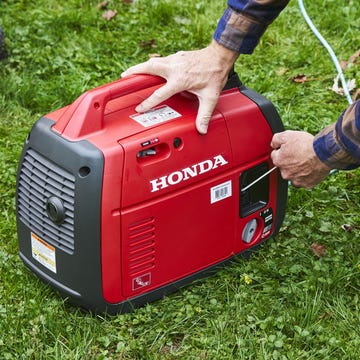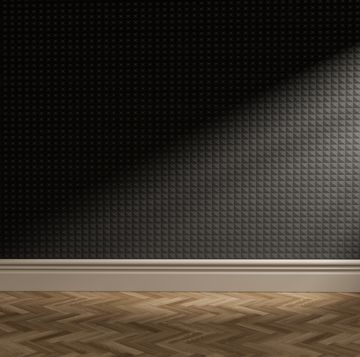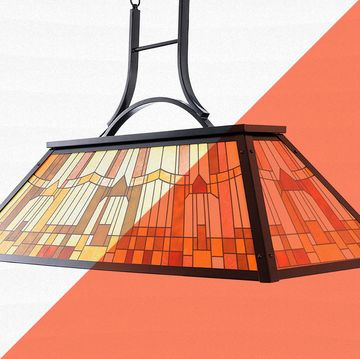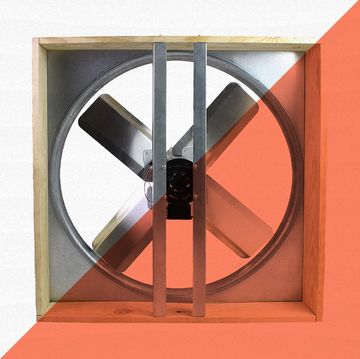Dedicating years of schooling to pursue higher math degrees may help solve certain problems, but does it make any difference for something as simple as cutting your grass? To find out, I spent the week discussing the mathematics of lawn mowing with my colleagues at the University of Nevada, Las Vegas.
Our thoughts generally split into two directions: If your lawn is simple enough, then you can do some fairly specific calculations to figure out the most efficient way to mow it. But if your lawn is weird enough, it might resemble a famous mathematical allegory.
We’ve broken down how to mow your lawn using math.
First, you have to ask the question, “What is the topology of my lawn?” Topology is a branch of math that’s only officially existed for about a century. Some mathematicians call it “wiggly geometry” or “geometry without measuring.” Topology studies how regions and surfaces are similar or different, but not in terms of measurements like in geometry.
You can remember it like this: “What’s the volume of a sphere?” is a geometry question. “What’s the difference between a sphere and a donut?” is a topology question.
Topologically, your lawn might be one connected region with no holes, or it could have one or more holes in it. If the ‘hole’ in your lawn is a small obstacle like a mailbox, or a large one like a bunch of bushes, those are topologically the same. We’re just concerned with how many holes you have to circumnavigate during your mow.
Two fun topology keywords are worth noting: All lawns are bounded and orientable. “Bounded” means no lawn extends infinitely in any direction. “Orientable,” meanwhile, means you can’t walk along a lawn and come back to the same spot upside down, like on a Möbius strip.
We checked to make sure there are no art installations out there with grass covering a Möbius strip, and so far it looks like nobody has managed it. It’s probably pretty tough to get grass to grow upside-down.
How to Mow a Simple Lawn
Let’s start with the simpler case. Suppose you have a nice rectangular lawn with no gaps, and your mower can’t make perfect turns, so you have to cut straight lines all the way across the lawn. Considering this will make those nice aesthetic parallel mower marks, it’s probably the most common situation. But you still probably want to know if you should mow lengthwise or widthwise.
To get more mathematical, let’s define optimized mowing. An optimal mow would be any route in which each blade of grass had the lawnmower pass over it exactly once.
Say your lawn has length L and width W, and your mower cuts a path with width M. Now, if either L or W is an exact multiple of M, then an optimal mow is possible. If not, then you’ll have some area of grass that gets hit more than once. Call this the “error area.”
If, say, your mower is 1 yard wide, and your lawn is 6.7 yards wide by 8.3 yards long, then an optimal mow is not possible. Cutting lengthwise will yield seven 8.3-yard-long columns and a double-cut zone that’s 0.3 by 8.3, for an error area of 2.49 square yards. Cutting widthwise will yield nine 6.7-yard-wide rows and an error zone that’s 0.7 by 6.7, for an error area of 4.69 square yards. In this case, one choice is significantly more efficient.
So I wrote a general formula for this situation which looks like this for the lengthwise situation...
...and this for widthwise:
Their difference indicates whether it’s better to cut length- or widthwise. You can replace the variables L, M, and W in that input to try different lawn and mower dimensions.
How to Mow a Weird Lawn
So far, that was all for a simple rectangle. As long as your lawn is one connected shape, with no islands or gaps in the middle of the lawn, it’s what mathematicians call a “simple connected region” on a plane. What makes the question more mathematical is when the lawn goes around other shapes.
Perhaps your lawn has a few large regions, connected to each other with smaller strips of grass. Then you’d want to minimize crossing those little strips repeatedly, so you don’t want to go back and forth between the regions repeatedly. To mathematicians, this situation brings to mind the city of Königsberg, Prussia.
Leonhard Euler was a Swiss scientist in the 18th century. He contributed more to math than anyone else in history, by some measures. He invented the subject now known as Graph Theory, in order to solve what is now called the Königsberg Bridges Problem.
The city of Königsberg had four land masses connected by some bridges. The question arose: “Is it possible to walk around the city and cross each bridge exactly once?” Euler proved it was impossible, and his logic doesn’t require a math degree to understand.
Euler figured this: Let’s say you just walked around Königsberg and you managed to cross each bridge exactly once. So you started on one island, and ended on some island; call them your start and end points. Maybe you started and ended on the same island; that doesn’t matter.
Now think about any island other than your start and end points. You must have entered and exited that island the same number of times. That’s the key. If you came to that island twice, you must have left it twice, since you didn’t start or end there.
So if an island has two bridges connecting to it, that can work fine. You go there on one bridge, leave it via the other, and now you’ve walked every bridge to that island, so you don’t need to go back there. Any even number of bridges is fine. But an odd number of bridges poses an issue.
Euler noticed that islands connected to odd numbers of bridges are what matter. Only your starting and ending islands can have an odd number of bridges. So the theorem can be stated: If more than two islands have an odd number of bridges, then the bridges problem has no solution.
As you can see in the illustration above, Königsberg had four islands each connected to an odd number of bridges. And thus Euler proved the Königsberg bridges problem had no solution.
So, back to grass: You could have a lawn that relates to this classic problem. If some parts of your lawn have an odd number of connections and others have even numbers, then math gives you a little bit of advice: Start mowing in an area with an odd number of connections to other areas.
If you need to mow a sprawling lawn, it might translate into a fun little Graph Theory problem. But if you’ve been mowing it for years, you probably already have the hang on mowing it efficiently.
You don’t need advanced math to solve this problem—maybe just to talk about it more abstractly.
Dave Linkletter is a Ph.D. candidate in Pure Mathematics at the University of Nevada, Las Vegas. His research is in Large Cardinal Set Theory. He also teaches undergrad classes, and enjoys breaking down popular math topics for wide audiences.

